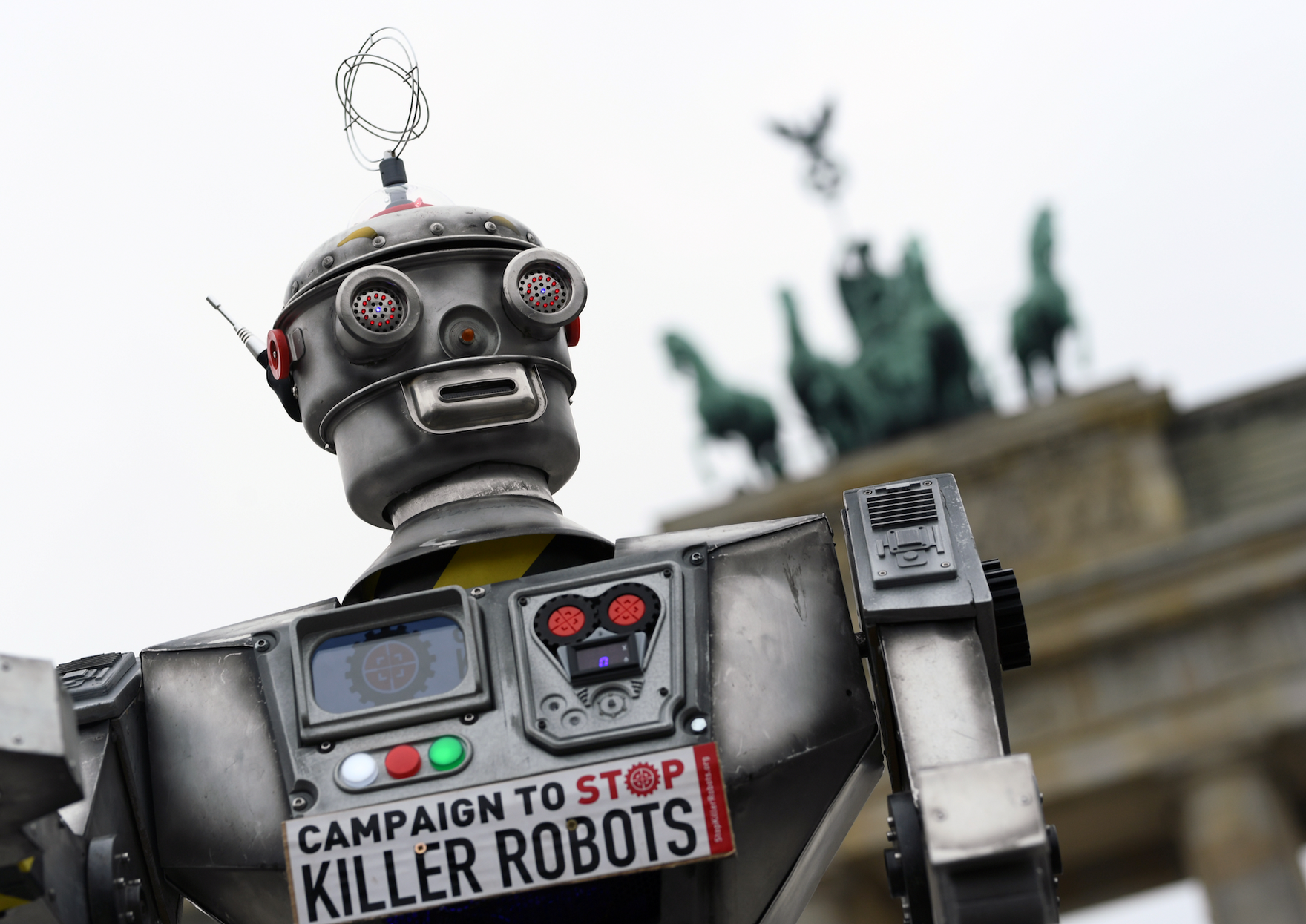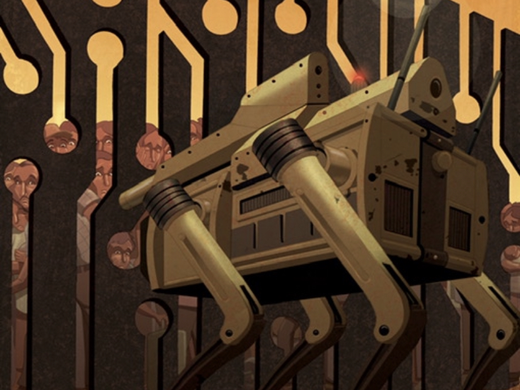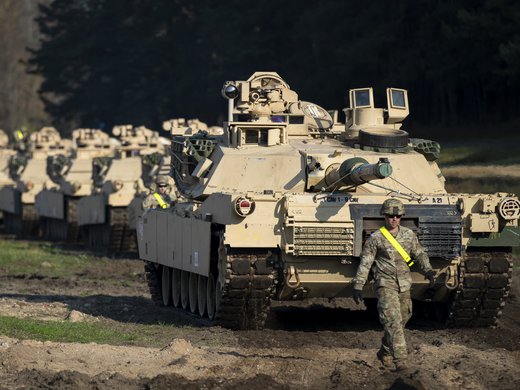The headline-making vote by the San Francisco Board of Supervisors on November 29 to allow police to use robots to kill people in limited circumstances highlights that the questions of if, when and how to use lethal autonomous weapons systems — a.k.a. “killer robots” powered by artificial intelligence (AI) — are no longer just about the use of robots in warfare. Moreover, San Francisco is not the only municipality wrestling with these questions; the debate will only heat up as new technologies develop. As such, it is urgent that national governments develop policies for domestic law enforcement’s use of remote-controlled and AI-enabled robots and systems.
One week later, San Francisco law makers reversed themselves, after a public outcry, to ban the use of killer robots by the police. Nonetheless, their initial approval crystallized the concerns long held by those who advocate for an international ban on autonomous weapons: namely, that robots that can kill might be put to use not only by militaries in armed conflicts but also by law enforcement and border agencies in peacetime.
Indeed, robots have already been used by police to kill. In an apparent first, in 2016, the Dallas police used the Remotec F5A bomb disposal robot to kill Micah Xavier Johnson, a former US Army reservist, who fatally shot five police officers and wounded seven others. The robot delivered the plastic explosive C4 to an area where the shooter was hiding, ultimately killing him. Police use of robots has grown in less dramatic ways as well, as robots are deployed for varied purposes, such as handing out speeding tickets or surveillance.
So far, the use of robots by police, including the proposed use by the San Francisco police, is through remote operation and thus under human control. Some robots, such as Xavier, the autonomous wheeled vehicle used in Singapore, are primarily used for surveillance, but nevertheless use “deep convolutional neural networks and software logics” to process images of infractions.
Police departments elsewhere around the world have also been acquiring drones. In the United States alone, some 1,172 police departments are now using drones. Given rapid advances in AI, it’s likely that more of these systems will have greater autonomous capabilities and be used to provide faster analysis in crisis situations.
While most of these robots are unarmed, many can be weaponized. Axon, the maker of the Taser electroshock weapon, proposed equipping drones with Tasers and cameras. The company ultimately decided to reverse itself but not before the majority of its AI Ethics board resigned in protest. In the industry, approaches vary. Boston Dynamics recently published an open letter stating it will not weaponize its robots. Other manufacturers, such as Ghost Robotics, allow customers to mount guns on their machines.
Even companies opposed to the weaponization of their robots and systems can only do so much. It’s ultimately up to policy makers at the national and international levels to try to prevent the most egregious weaponization. As advancements in AI accelerate and more autonomous capabilities emerge, the need for this policy will become even more pressing.
The appeal of using robots for policing and warfare is obvious: robots can be used for repetitive or dangerous tasks. Defending the police use of killer robots, Rich Lowry, editor-in-chief of National Review and a contributing writer with Politico Magazine, posits that critics have been influenced by dystopic sci-fi scenarios and are all too willing to send others into harm’s way.
This argument echoes one heard in international fora on this question, which is that such systems could save soldiers’ and even civilians’ lives. But what Lowry and other proponents of lethal robots overlook are the wider impacts on particular communities, such as racialized ones, and developing countries. Avoiding the slippery slope of escalation when allowing the technology in certain circumstances is a crucial challenge.
The net result is that already over-policed communities, such as Black and Brown ones, face the prospect of being further surveilled by robotic systems. Saving police officers’ lives is important, to be sure. But is the deployment of killer robots the only way to reduce the risks faced by front-line officers? What about the risks of accidents and errors? And there’s the fundamental question of whether we want to live in societies with swarms of drones patrolling our streets.
Police departments are currently discussing the use of killer robots in extreme circumstances only. But as we have seen in past uses of technology for policing, use scenarios will not be constrained for long. Indeed, small infractions and protests have in the past led to police using technology originally developed for battlefields. Consider, for example, the use of the Predator B drone, known as the Reaper, to surveil protests in Minneapolis, Minnesota, by the US Customs and Border Protection Agency. While these drones are unarmed, their use in an American city, in response to protests against racially motivated policing, was jarring.
Technological advancements may well have their place in policing. But killer robots are not the answer. They would take us down a dystopian path that most citizens of democracies would much rather avoid. That is not science fiction, but rather the reality — if governance does not keep pace with technological advancement.
A version of this article appeared in Newsweek.



